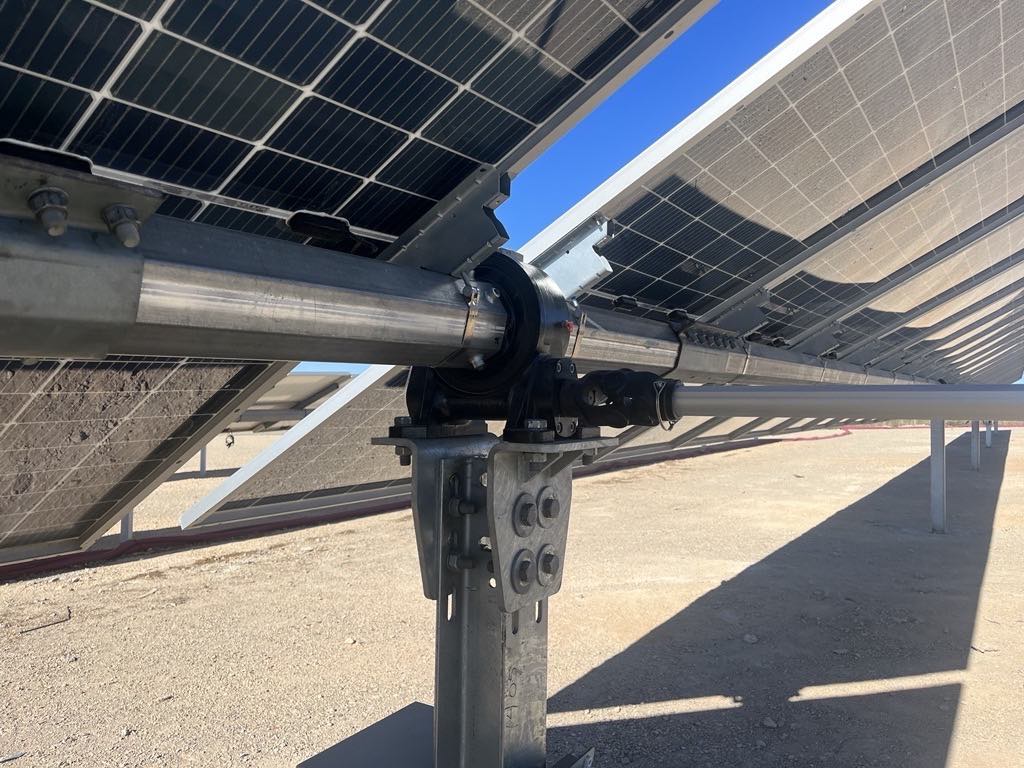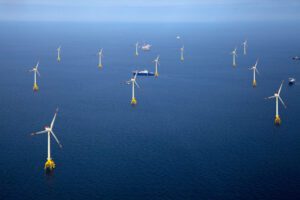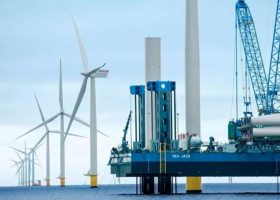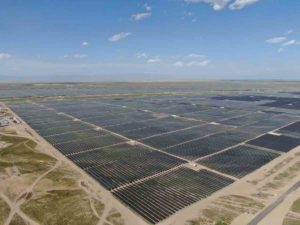A new solar tracking solution designed to cater to Australia’s unique geographical and climate conditions has been launched onto the market, promising to cut development costs by “drastically reducing” the need for significant earthworks, while also using smart controls to boost solar generation efficiency.
The new technology, from solar tracker outfit PV Hardware (PVH), works to optimise solar panel efficiency “on any terrain” using “versatile string interconnectivity” that is able to trigger independent rows of panels to respond to varying conditions.
“With its ability to maximise solar module potential and efficiently capture sunlight on any terrain, the tracker drastically reduces the need for significant earthwork, making it a more sustainable and cost-effective solution for solar power generation,” the company said this week.
For developers, the tracking solution also offers a “robust weather defence strategy” that can actively position panels to protect the plant in extreme conditions.
Paired with PVH’s tracker control device – an advanced SCADA (Supervisory Control and Data Acquisition) and control system – the technology can also monitor installations, pinpoint faults, and anticipate structural threats.
The new offering comes at a time when some Australian farming communities are pushing back against the use of “prime” farm land being dedicated to cultivating electrons, instead of food or other more traditional crops.
At the same time, Australia is preparing to ratchet up its shift to renewables, which will include a tripling of installed large-scale renewable capacity by 2030.
Alex Cantos, PVH’s APAC manager says that while Australia is blessed with a wealth of solar resources, it also has “extremely unique conditions” that can drive up the cost of building new big solar projects, and affect their productivity once in operation.
These days, solar tracking technology is standard for the vast majority of solar farms as an essential addition to boost the levelised cost of energy, or LCOE – with the exception of around 10 per cent of projects that need to be fixed, due to weather conditions or other mitigating factors.
Alongside PVH, some of the biggest players in the market include Nextracker and Array Technologies – the latter of which last year announced plans to set up manufacturing facilities on Australian soil, as part of a deal to supply a Victorian solar farm.
Nextracker released its own terrain following solution, called NX Horizon-XTR, in 2022, which like PVH’s new offering both optimises the performance of solar panels while also adapting to the existing contours of a site.
“Australia is in the midst of a race, and it is clear that project developers are in need of efficient tech to be able to deliver the infrastructure needed to reach [its] 2030 and 2050 decarbonisation targets,” said PVH chief revenue officer Carlos López on Thursday.
“Our in-house assembly process reduces installation costs and ensures optimal component integration to help them get there. The system’s pre-service connection promises maximum productivity from the start – this is very important to our developers.”










